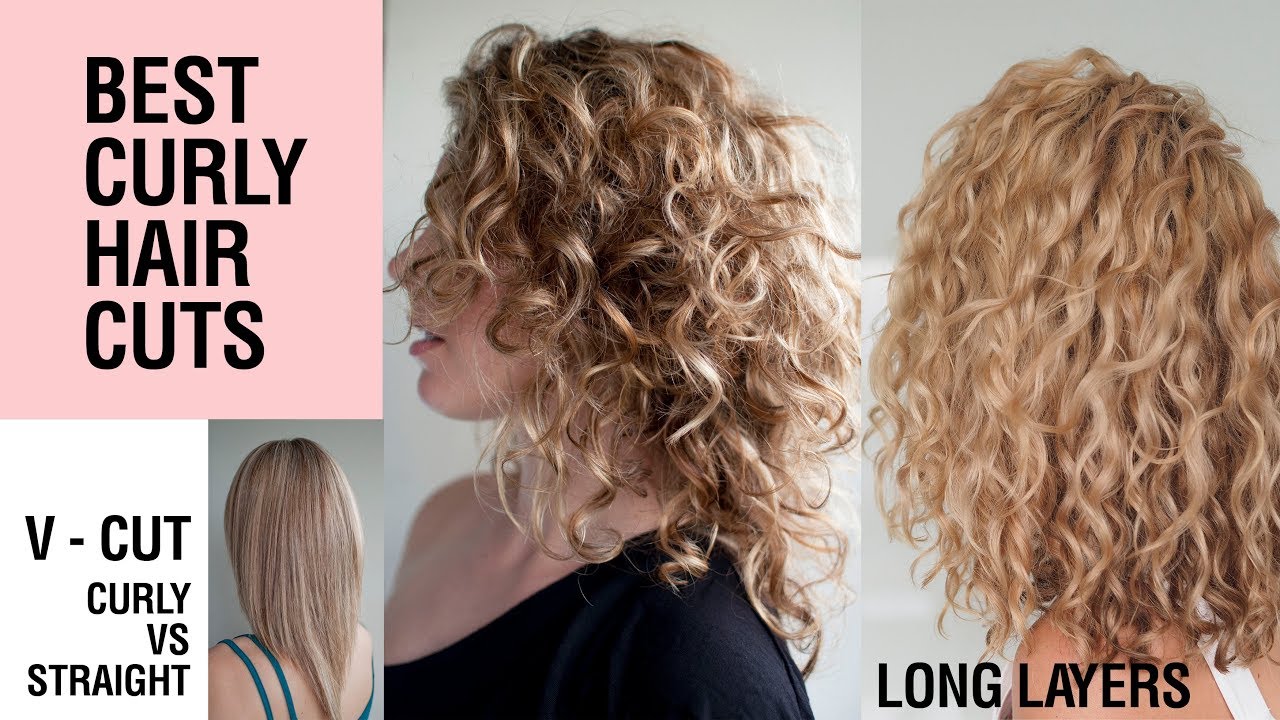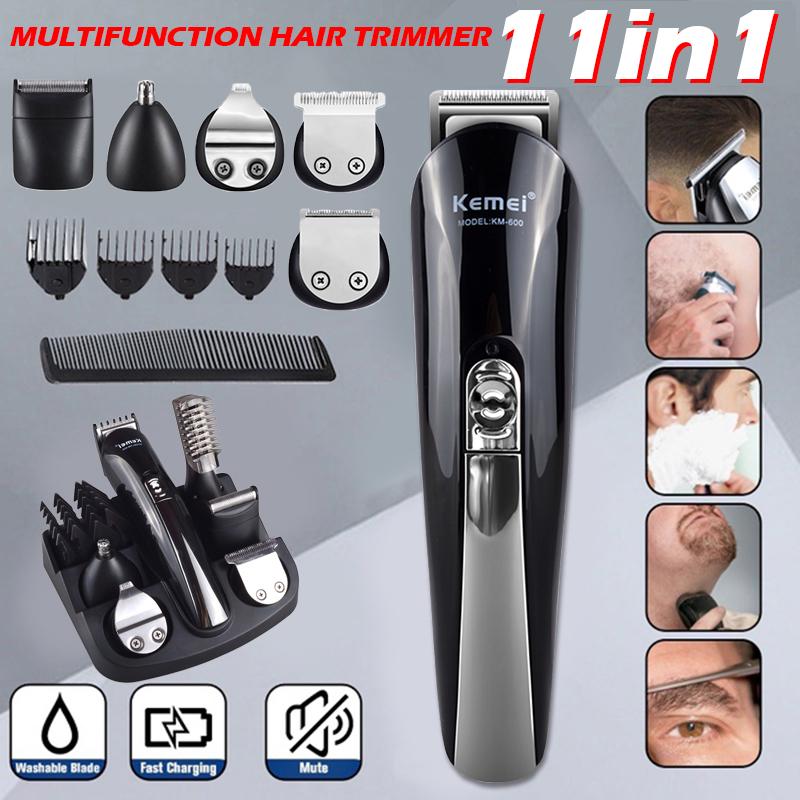
Haircuts explicitly designed to keep wavy locks looking natural can help. If your locks are long, consider asking your stylist to add layers to shape and define your locks.
Many hairdressers favor cutting dry curls as it allows them to more easily observe their texture more and lessens damage to your locks. But ultimately, this depends on your individual hair’s tumbling pattern.
Layers
Layers can help wavy hair achieve structure while adding volume and movement. They are particularly suitable for women with thicker or curlier textures as they help minimize the look of unruly coils while creating a refined finish ideal for various occasions and moods.
For an effective face-framing cut, choose medium layers that start just above your cheekbone and gradually decrease weight by highlighting natural waves and texture. You could also try feathering for added softening; feathering works similarly but adds texture rather than taking out weight.
If you prefer subtler effects, ask your stylist for long face-framing or cascading layers. They’ll add movement and glamour that pairs beautifully with fringe or full bangs; make sure that a texturizing wax such as Style Masters(TM) Creator Fiber Wax keeps everything sculpted and sleek.
Curls
A layered cut with soft coils is ideal for those with wavy hair. This stylish shoulder-length look can easily be maintained through regular trims and touch-ups with blowouts every few weeks. When styling this style, use light to medium-hold products to keep your waves in place and prevent frizziness.
When cutting a curly client’s hair, it is crucial not to cut too much off at once due to curl shrinkage. Your stylist should trim one section at a time before moving on to another to ensure their curls will look their best without losing length or altering the shape of their cut.
Based on your client’s curl texture, you may employ wet or dry cutting techniques when providing a haircut. Some stylists prefer wet cuts since this allows them to see better and minimize damage. At the same time, other practitioners believe cutting textured hair dry helps preserve its integrity and curl integrity.
Wet or Dry?
When cutting wavy hair, many stylists opt for the wet-cut technique. This allows them to see exactly how the hair hangs and can help minimize any shrinkage issues that may arise. On the other hand, some stylists swear by dry haircuts.
Wavy hair clients may experience undefined waves without product (which is quite common). By having a dry haircut done instead, stylists can see where curls will fall when their locks are dry – this helps with more precise cutting and more muscular shapes that will retain longer.
Adding face-framing layers or bangs can also be easier on a dry cut due to combing through more quickly and determining where curls lie. Furthermore, for clients with long locks, a dry amount provides more comfort as shampooing processes cause the hair to weigh down and weigh it down over time.
Parting
Wavy hair tends to frizz quickly in humid climates, but that doesn’t have to be unruly! You can try a few simple tricks to help define and control its waves.
Start by using Gisou Honey Infused Leave-In Conditioner as part of a hydrating hair regime to tame frizz for a polished finish; weekly treatments with an intensive conditioning mask are also necessary to keep strands nourished and protected from damage.
Another way to manage frizz and add definition is by placing your strands into a scrunchie before bedtime. This method keeps your hair compressed while sleeping; when you wake up, the waves should re-form for a more polished appearance.
Add drama to your short wavy locks by switching up your parting with a deep side or zig-zag part. It’s the perfect way to show off your beautiful natural texture while giving short wavy hair more of a dramatic style suitable for date nights or special events.

